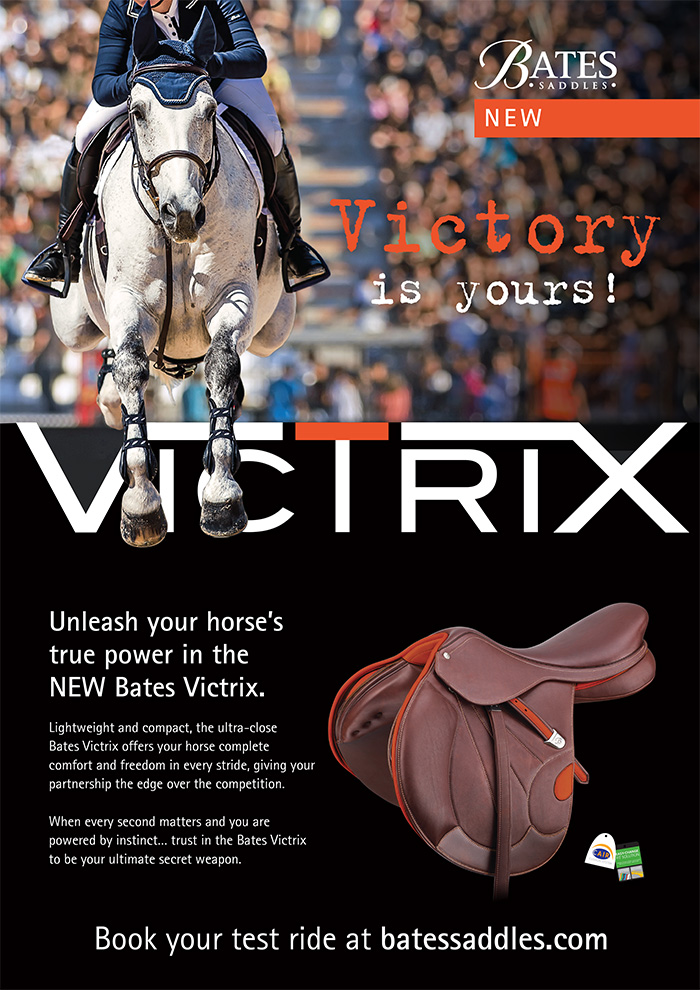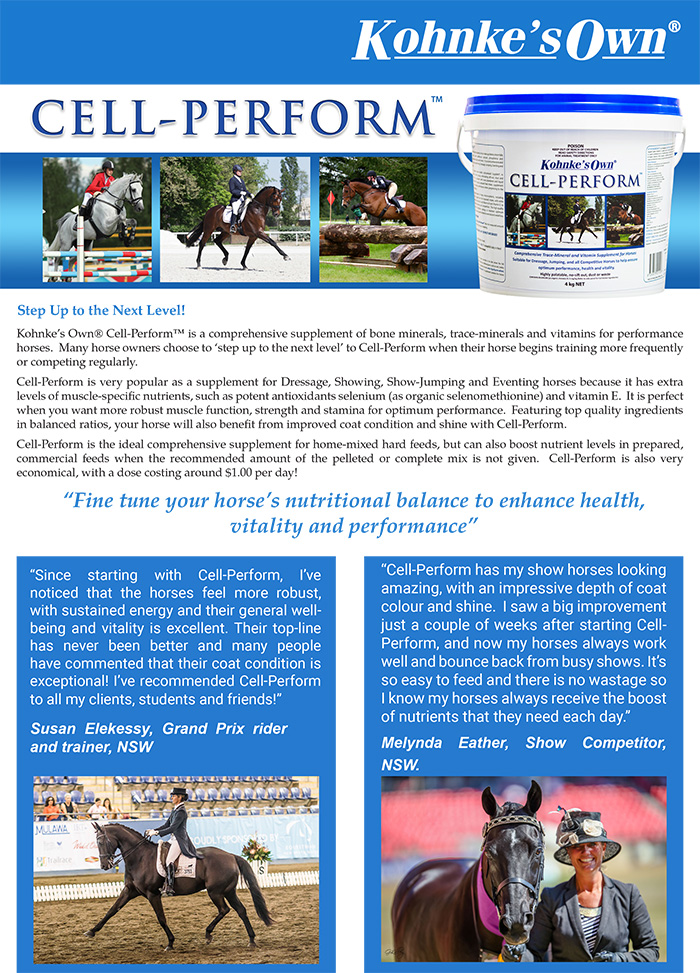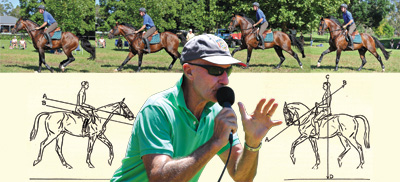
Thinking Riders
In an age of instant cyber everything, George Morris’ insistence on theory and old fashioned book learning should appear ridiculously out-of-date, the trouble is all those riders he coaches that keep winning look decidedly up-to-date…
So it was that the participants in his most recent Australian series of clinics, found themselves over and over again having to use their heads to make their bodies work:
“The first thing is position, because position puts you in the place on the horse to use the aids. If your leg is too far back, you can’t talk to the horse’s haunch. The first thing is where are you sitting? Where is your hand? Where is your seat? Then talk about aids, because aids are increments of pressure… position, contact, increments of pressure with your seat, with your leg, with your hand, with your upper body – but first, where are you sitting? What you do with a horse is produce the impulsion with your legs and with your rein aids you channel, you receive, that impulsion is then monitored by the rein effects but that comes after impulsion. Don’t try to steer the car with the motor off…”
“I was part of a symposium with Ingrid Klimke and at the beginning I said I disagree with the order of the German training scale, because I put impulsion first. I went to Saumur and asked the Cadre Noir, which do they put first, rhythm or impulsion? A few said ‘rhythm’ and the rest said ‘impulsion’. I say impulsion because I can’t talk about rhythm unless the horse – even a baby horse – is taught right from the first time I sit in the saddle that he is thinking forward. I have read this in French books, impulsion is the mother of equitation, and I would have to put that before rhythm. Now they are very close, you could say rhythm, I could say impulsion. You could say, I want to establish the rhythm and that will give impulsion. I say my first lesson is the leg, first impulsion, and then I monitor the rhythm. Looseness is a beautiful third, contact a beautiful fourth, straightness, obviously collection is last. Collection is the result of the other things.”
“Ingrid said, oh they are all interchangeable, and that is the right answer. It isn’t fixed except collection will always be last.”
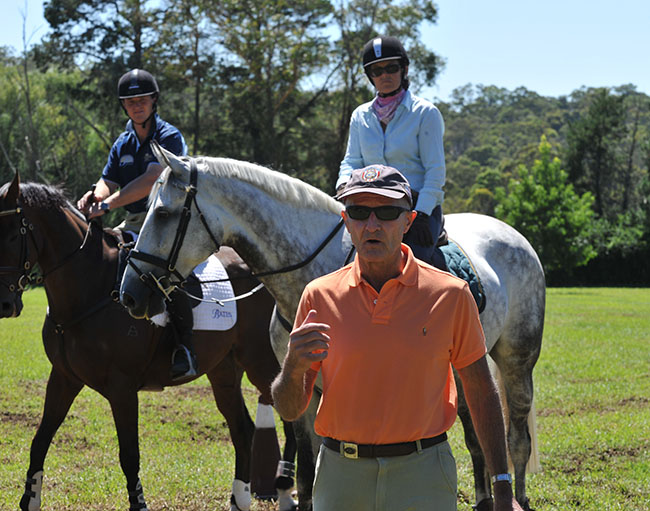
George is always very aware that he is the product of an American system, that has a history of practical theory:
“The American system of riding traces to Caprilli and the racing seat. The American riders are the closest to his philosophy. The Italians used to be, but they have gone more to the continental system. Our philosophy is based on racehorse balance, and it works, because most competitions are decided against the clock. Our seat is between a dressage seat and a racing seat, a half racing seat. We teach the horse to carry his own motor. We use the whip or spur if necessary, but the horse is responsible for himself, for his motor, and the rider controls this with the half halt. Take and give, that is the greatest principle in riding with the hand and leg, take and give. All the time we are asking the horse to do as much as possible himself. That’s the philosophy of Caprilli, of Whitaker and Lamaze, you can always help the horse, but that is not the heart of the Caprilli philosophy. Two important gold medalists, Eric Lamaze and Rodrigo Pessoa, they are both very forward, light riders.”
“On his death bed, Jack le Goff said to me – I never taught the safety seat except when necessary, for instance at a big drop into water, but if it is not necessary, don’t do it. If you sit in the horse’s back every time, there is less chance of a good jump next day, I guarantee that. The first punishment for the horse is hitting him in the mouth, the second cardinal sin is hitting him in the back, and it is that second cardinal sin that destroys the jump.”
another of George’s themes follows…
Always the message had layers on layers, so while he berated the riders into a better position, George was also developing another of his themes – letting the horse teach itself.
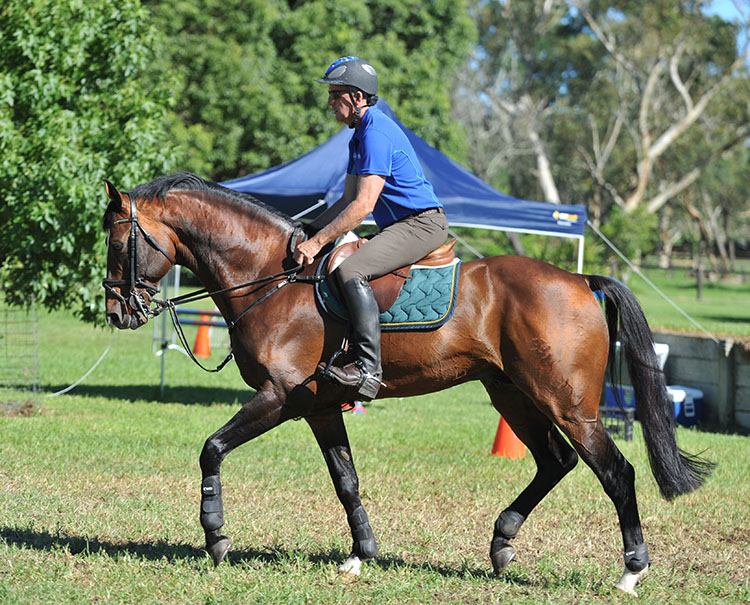
Chris Chugg and Vivant, basic school figures
Watching George teach a group that included a couple of international representatives, drilling them in the basics of the school figures, I remarked to Australia’s eventing coach, Wayne Roycroft, who was sitting next to me, that he wouldn’t dare take his charges back to such basic basics, and he agreed, saying that while he did a lot of very basic work with the squad, the riders would probably kick if he had them riding single file around the school practicing circles and counter canter. I guess it is some measure of the authority that goes with George Morris and all he has done, that very senior, and very successful riders, do exactly what he tells them, and are prepared to put up with his quite physically difficult demand that they be in total control of their bodies the whole time.
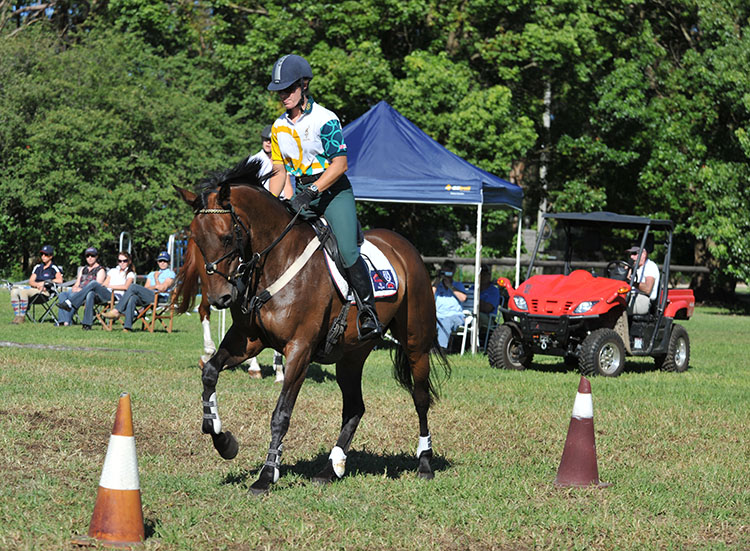
And bascis for Wendy Schaeffer
“Come into the corners, both hands to the outside, come into the circle, both hands in, the inside opening rein, the outside neck rein. Every six strides, ride a little circle, bring the shoulder in, so the horse is light in the shoulder. To lighten the horse’s shoulder make a little shoulder-in. What is important is not the shoulder but the haunch, you must be able to fix the haunch on the track…”
“Now up into two point and ride circles in two point. You have to be able to teach your horses every movement in two seats: full-seat and half seat or two point.”
“Now let’s think about contact. Contact has four points: 1. It is straight from the elbow to the mouth, 2. It is steady, 3. It is definite and 4. It is elastic.”
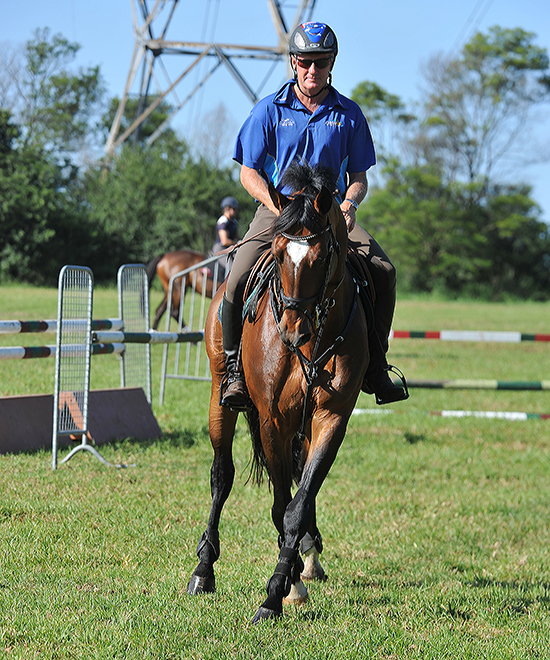
“Nowadays people are very interested in the computer, and they don’t read books. We read books, we were avid readers in the 50s, 60s, 70s – I have about 300 books that I have read at least once, some of them, five or ten times. It’s in these books that your learn these great principles that I try to teach. You can’t learn enough in a clinic, you have to have something behind that. The best advice I can give, is read books, learn all those basics because if you don’t know from reading, about position on horseback, the leg aids, the rein aids, the voice aids, the use of the whip, the use of the spur, if you don’t know that, you can’t receive. You have to know a half turn and a zig zag… you have to study the great geniuses throughout history. De la Guerinière, he invented shoulder in, imagine, what it must be to invent that! These principles are very ancient, as I tell my pupils, much brighter people than us invented them, we just have to try and understand them. As we get older, older, older, our perception changes and we understand them better, and perfect them – not reinvent them, not reinvent them.”
“What is the purpose of a circle? Not just to make a round track. What is the purpose of a corner? What is the purpose of half pass? People don’t really understand riding, they do it, they go through the motions, they might execute it, but real understanding doesn’t come very quick.”
“The important things are so simple to grasp at my age. I have ridden for 65 years, I am obsessed with theory, and obsessed with riding, so I can see the word ‘rhythm’ and as far as I am concerned, really understand it. They are so simple the words, and so simple the principles, but they are not so simple to grasp.
“You must study the aids. No clashing of aids. That is the great French lesson of legs without hands, hands without legs, and gradually combine them. The thing I did with the chestnut I rode today, is abandon the front and attack the back end – the horse understood absolutely clearly that when I closed my legs, he went forward, I relaxed my legs and he came back. That’s legs without hands. Hands without legs. Then you start combining them together, but not initially, it has to be very clear to the horse, or else you are clashing the aids, which you see a lot in every discipline. What I call ‘burning rubber’.”
And before every class, George inspected and commented on the tack: “Every horse, even if you can’t see it, gapes its mouth, that is why I want to see every horse come back tomorrow with a flash nose band.” And, I guess it is no surprise that given the central importance of the stirrup in establishing the seat in George’s system, that he pays particular attention to stirrups. “The stirrup leathers must be even by numbers or throw them out. You must be meticulous in every detail.” He likes good, old fashioned, plain stainless steel stirrups… he can almost live with the black ones if they have enough weight in them but not Greer Butcher’s neon red ones!!!
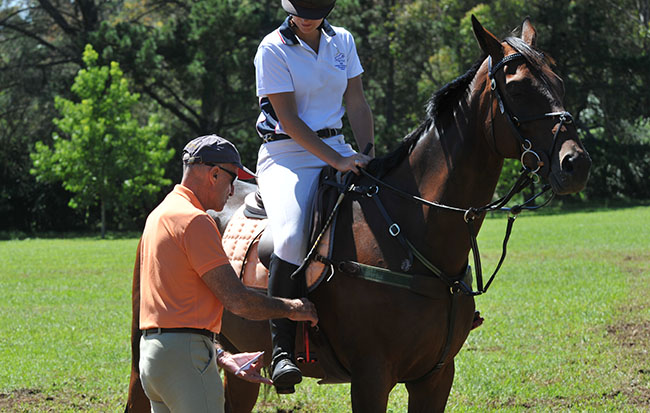
“I can’t look at those red stirrups, hide them in your disco clothes closet…”
And the reason George is so particular that the stirrup is angled out a little on the foot, is not for appearance sake, it is because ‘with that angle out a little, there is leverage to break the ankle.”
“What is important to me is detail. Your horses go out a lot (in the paddock), they are healthy – most of you are horse people. The British are historically the greatest horse people in regard to welfare, and you inherit that. On top of that you have to learn beautiful turnout. Go to the beauty parlor with your horse, that is the icing on the cake.”
read on
“Be precise with every detail. With that horse I worked this morning. I adjusted my stirrups to what I thought was the correct length, then when I walked off, I thought, ‘a trifle short’. I stopped and dropped them another hole. That is being meticulous, not saying this is good enough, I’ll do this demonstration it doesn’t matter that the stirrup is a hole short, it’s okay. It is not okay. A big problem in this country is a lack of attention to detail, meticulous detail, the little things not the big things.”
“It is a contest of horsemanship. Chugg, you should count backwards from every Olympics and every WEG, and every fence counts. Every horse has a certain number of jumps in him. That is why John Whitaker is so good at keeping horses going when they are 18, 19, 20 years old. Your focus must be horse management. This is a horse contest, all the top riders are good.”
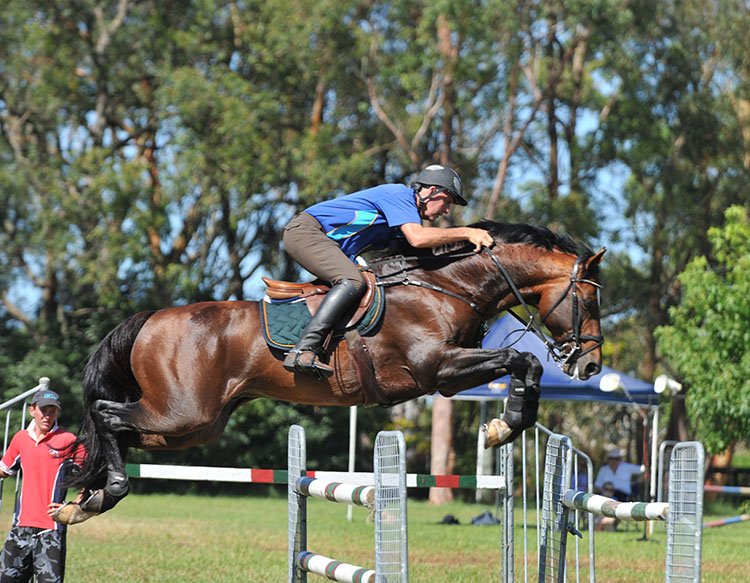
“The first and most important thing for me is management. The stable management is the whole kit and caboodle, the vet, the blacksmith, the groom, that management has to be top class, that can never be good enough. In many cases today, people don’t know when it is not good enough. What keeps you competing is the barn.”
“It is a thinking sport. You see with Michel Robert, Joe Fargis, Hugo Simon, the sport has gotten very old because it relies on brains. It is not like it used to be, blood and guts, where every other horse was on the floor at the Olympics. It isn’t like that now, it is very sophisticated, very heady, that is why Ian Millar is still so good”
“Manage the competitions – that’s where most people let themselves down. McLain Ward, with his father, they are great managers, they are great planners, they plan years ahead. The top people are all very good planners. Meredith Michaels-Beerbaum is a super horsewoman, and has a super planner in Markus, they are one of the great teams in history, they manage her career beautifully.”
Advertisement
Breeding jumpers? Choose from the large range available from International Horse Breeders: www.ihb.com.au
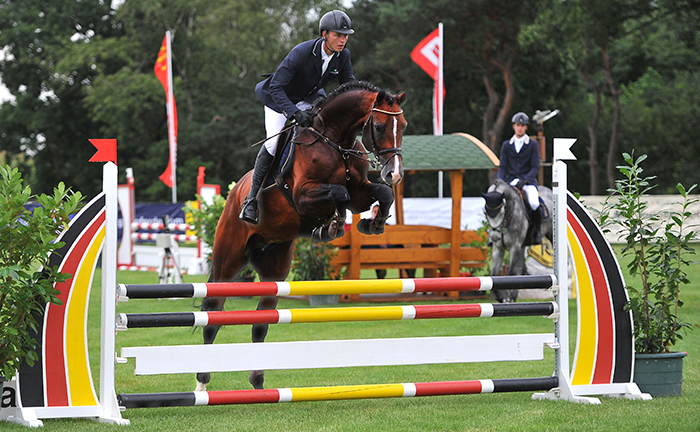
Cassallco
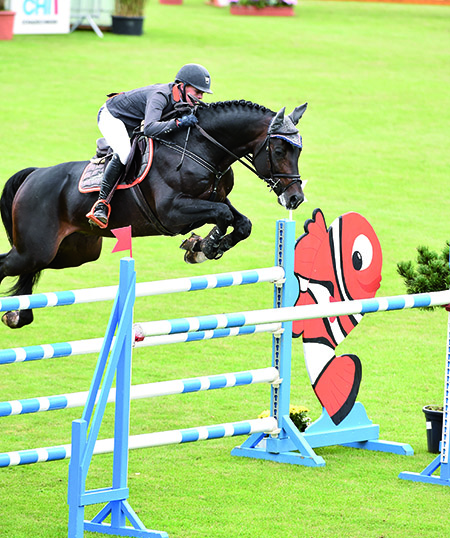
Cinsey



